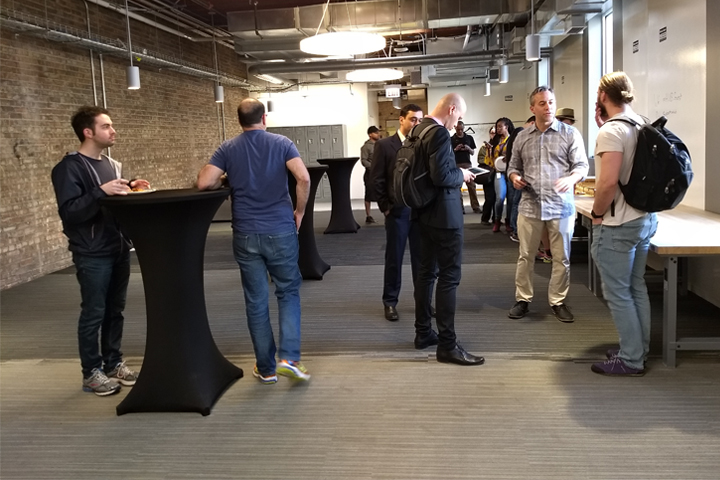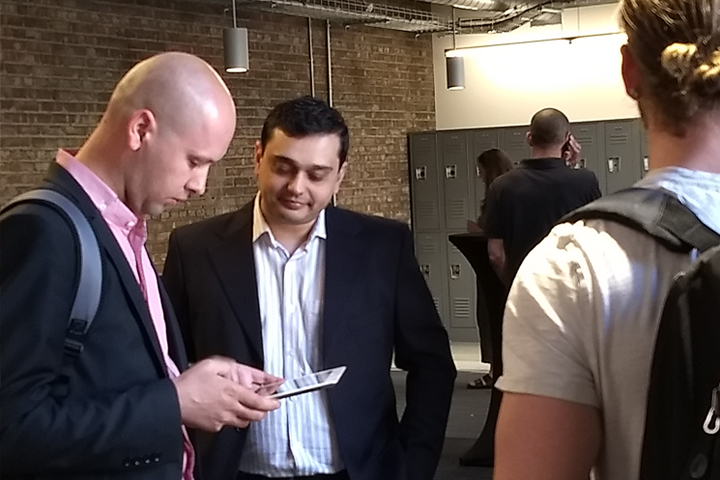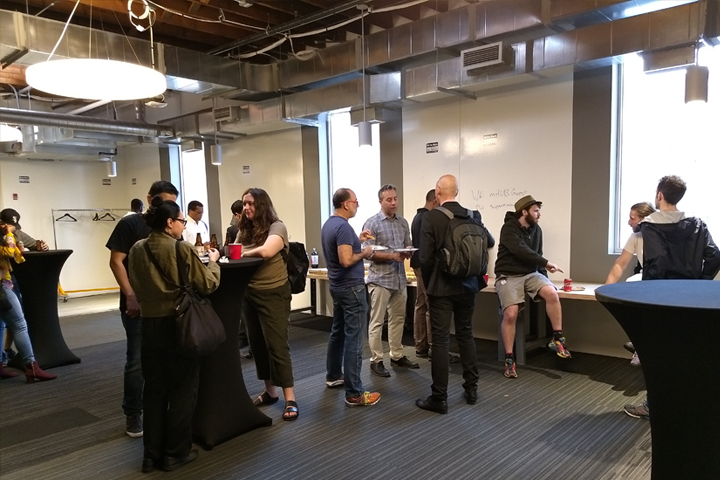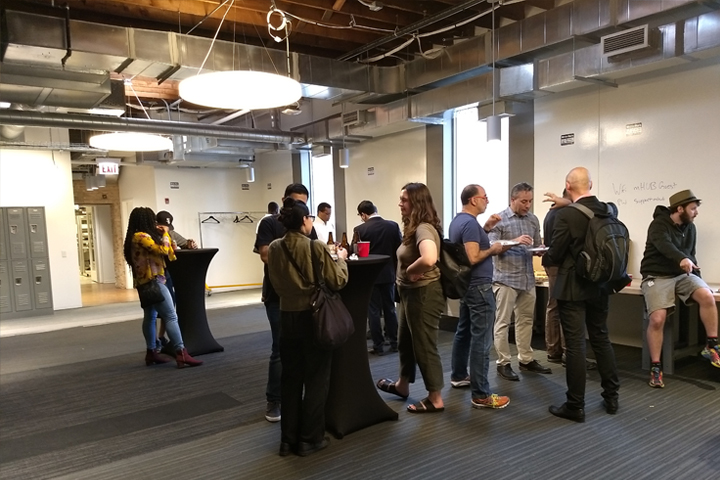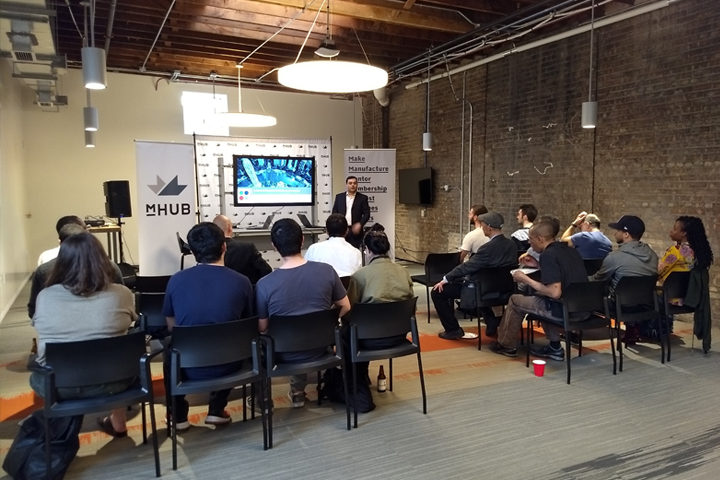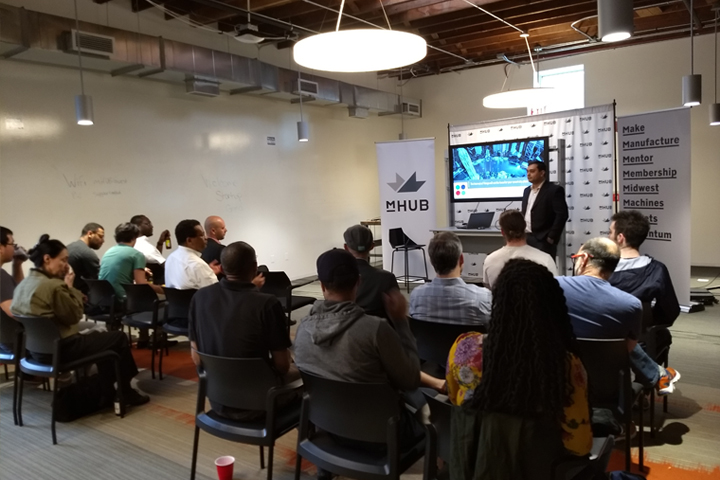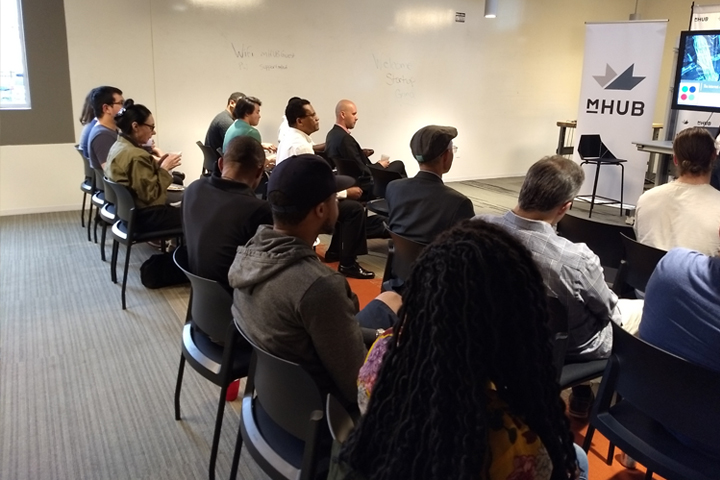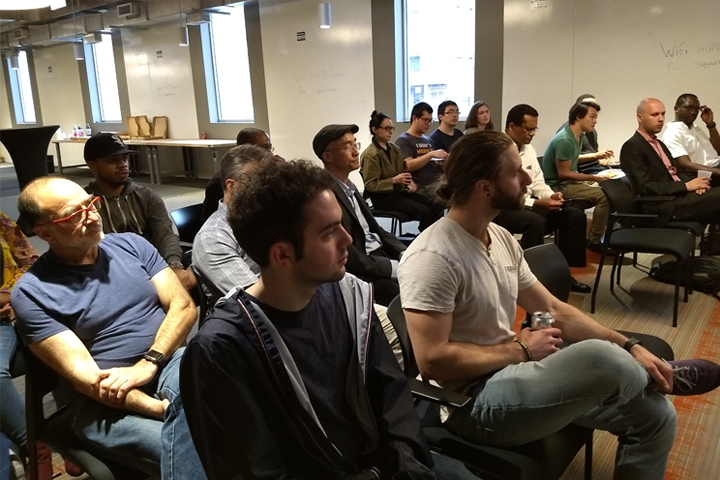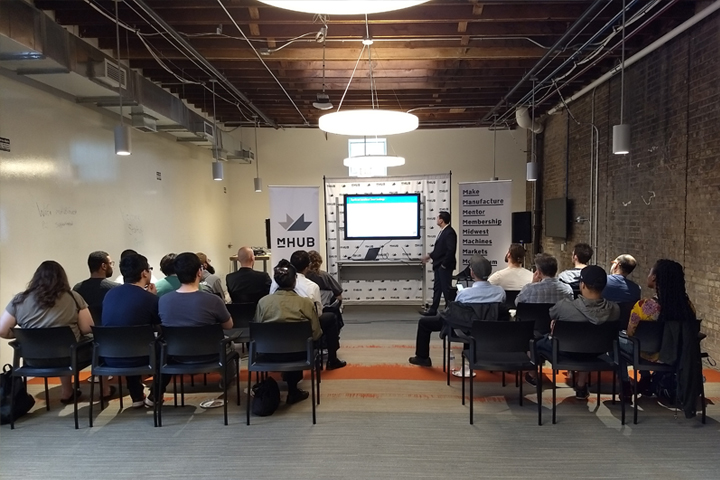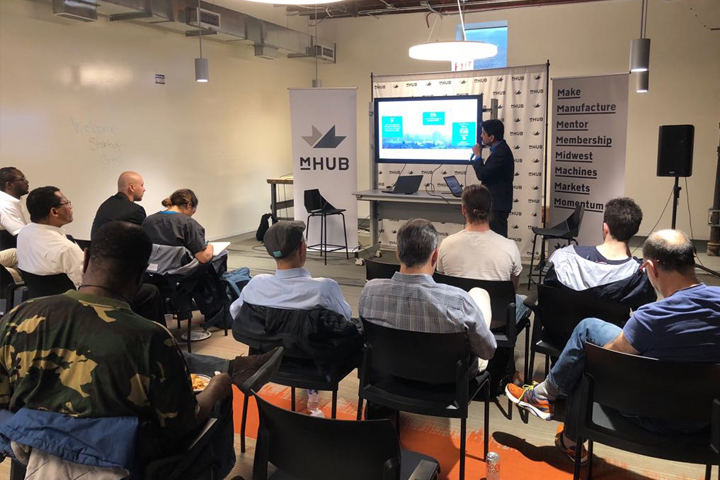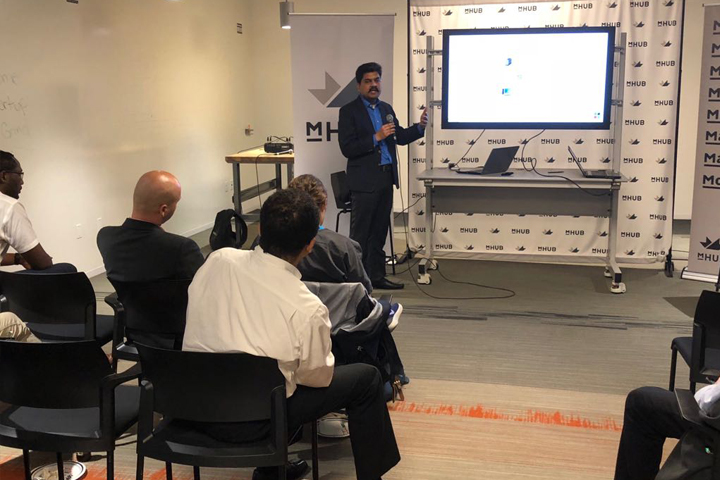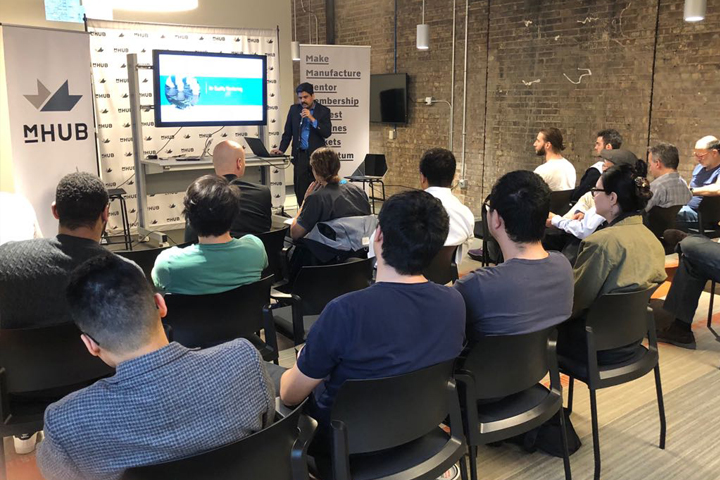About Event
Today more than half of the population lives in cities. And according to a UN report, by 2030 two-thirds of the world will be urban. And the other fact is: as cities grow, the challenges they pose – environmental, economic, and social – also grow with them. But what if cities’ infrastructure becomes the source of solutions?
From street lights, buildings, parking meters, to traffic signals and beyond – cities of today install sensors or other smart devices throughout their urban environment, connect their infrastructure, and improve city operations and make them more organized and efficient. To know more about how data and analytics can be used to save electricity, maintain utilities, streamline processes, and ultimately to make citizens feel healthier, happier and safer – meet us at the event.
During the event, our speakers will elaborate the components of IoT-powered Smart City and detail each to explain how it benefits citywide services. As we have grasped the need for a smart technology platform for developing a city that is more livable, resilient, economically sound, and sustainable; attendees will also be introduced to our IoT platform and its capabilities to make any city smarter. The session will cover all the major areas that can make your city smart.
Agenda
- The need for a smart city
- Building management
- Air quality monitoring
- Water treatment and management
- Traffic management
- Parking system
- Energy management
- Farming and lot more...
- IoT platform for smart city
- Q&A
Questions & Answers
The following are the answers to the questions that were asked during the event.
Question 1: How much expense or what is the cost to implement smart building in old building.
Answer 1: This is a very subjective question because the cost depends on the use cases and existing infrastructure.
Question 2: What all sensors would you use or what is your approach in implementing in existing building?
Answer 2: There are different types of sensors used for different purposes; however, these are the most common types of sensors used in smart building applications.
• Fire/CO detection• Leak/moisture detection
• Motion sensors
• Theft deterrent sensor
• Door and window sensors
• Smart thermostat
In order to implement IoT in the existing building to make it smart, we need to first analyze what sort of building management system you are using. We also need to understand your goal - do you want to reduce energy consumption, decrease carbon emissions or increase sustainability? Based on your use case, we will create a blueprint of the architecture of the system. To acquire data from different areas like HVAC, lighting, or fire safety, we need to connect them by embedding sensors and then push the data to the cloud for further monitoring and analysis.
Question 3: What are the different communication protocols to communicate with sensors?
Answer 3: Wi-Fi, Radio Frequency (RF), RFID, Bluetooth, NFC, Ethernet, MQTT, COAP, Z-Wave, ZigBee, Sigfox, LoRa, Satellite, HTTPS, cellular, and BACnet are the most common communication protocols to communicate with sensors.
Question 4: How can you achieve long distance triangulations?
Answer 4: There are long-range radio protocols like Sigfox, LoRa, Satellite, Cellular which are used for create distance triangulations.
Question 5: How do you secure the communication between sensors and software?
Answer 5: We use provisioning and authentication that improves the security of the device and device generated data in the system. We also ensure that latest security patches are applied to the gateways and hardware that are part of an IoT ecosystem.
Question 6: What all sensors are required in smart building and how costly is it?
Answer 6: It solely depends on the use case; however, here is the list of sensors most commonly used in IoT-enabled smart building applications.
• Temperature sensors• Proximity sensors
• Pressure sensors
• Water quality sensors
• Chemical/smoke and gas sensors
• Level sensors
• IR sensors
• Gas sensors
• Smoke sensors
• Image sensors
• Motion detection sensors
• Accelerometer sensors
• Gyroscope sensors
• Humidity sensors
• Optical sensors
Question 7: On what approach does a smart parking solution detect the empty space in parking?
Answer 7: Well, there are in-ground vehicle detection sensors (which is built with infrared and magnetic technology) fitted that enable supervisors to manage the parking facilities efficiently. When the car arrives, the sensor will detect the vehicle and set the status to be occupied. As soon as the car leaves, the sensor will detect the same and reserve the space for another car. These sensors are commonly powered by long-life batteries for low maintenance and connected with a central monitoring system.
Question 8: Can sensors detect water pollution? Are sensors connected with in the pipelines? Can sensors also detect whether certain minerals are more or less in water quality?
Answer 8: Yes, sensors can detect water pollution.
Sensors can be connected in the pipelines of a building or alternatively we can connect in the water tank.
Sensors can detect the level of certain minerals and water quality. There are different aspects of smart water management with IoT. With the help of sensors, we can detect water level, introduce smart irrigation techniques, detect chemical leakage, and detect water leakage across the whole treatment plant and even over the distribution channels.
Question 9: How do sensors in street lights connect, whether via on BLE or Ethernet?
Answer 9: Wireless technologies like Zigbee/LORA wireless networks and GPRS standard are used to monitor and control street lights. A lighting intelligent control system facilitates the central monitoring of the status of street light terminals that are equipped with wireless controller and electronic ballasts while enabling to remotely switch ON/OFF the terminals. In such a system, each terminal or node is equipped with controller, microprocessor, and wireless interface.
Question 10: What is the percentage of residential use case vs commercial use case to implement energy management?
Answer 10: Energy management solutions are more beneficial to a commercial setup since they are consuming much more energy than a residential infrastructure. There are significant energy saving options available for lighting, heating and cooling, motors, ventilation, office equipment, and building automation and control systems. Smart energy management helps offices and commercial buildings to reduce maintenance, operating and equipment costs, and optimize sustainability.
